I’m preparing work for two pop-up exhibitions over the coming two weeks: (i) images from the Creekmouth project with 7-11 year olds over the summer to accompany a public viewing of the film made with NewView Arts and funded by the Arts Council: (ii) images from the English courses being run for parents at Riverside Campus and for residents at Sue Bramley Centre. As with the earlier Shed Life pop-up, I am printing and mounting photographs and figuring out how to exhibit them in the space available in a way that is quick to assemble and low impact on the space. At the end of the Shed Life event, I gave most of the photographs away to people who took part, and it’s likely that I’ll do the same for these events.
Longer term, though, and in relation to the outcomes of the FMP, I need to think about developing a way of displaying my work which is both durable and portable. Using an archive box has enabled me to carry and show the work I am doing in an intimate manner, and it might be fruitful to develop this further for material that can be displayed.
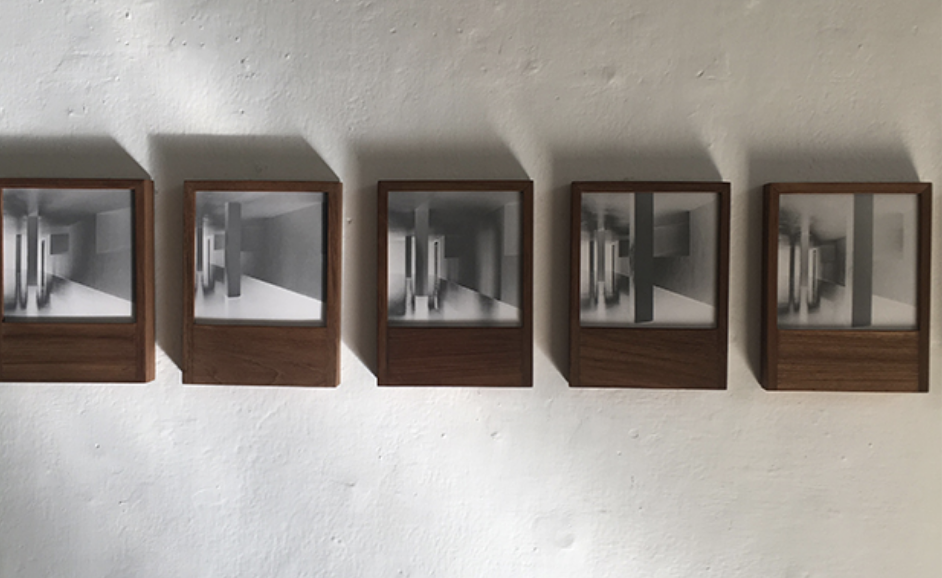
This idea of portability and adaptability is at the heart of Dayanita Singh’s work, and in particular her book objects. For instance, her Box 507, which she describes as follows:
‘an unbound book of 30 image cards held together in a wooden structure. It is meant to be hung on a wall or placed as an object on a table. The structure has been built to allow the collector to change the front image as often as they like. The image cards, however, exist as a set of 30 and are not meant to be separated from each other or the box. Once you have more than one box, you become the curator of my work, as you build your own conversations between the boxes. Box 507 has been published in an edition of 360 and is available only in its exhibition format. It is to be acquired directly off the wall. In this way the exhibition disappears with time and when all the boxes are sold, the edition and exhibition are over.’
The work thus consists of both the images and the casing, which allows the images to be transported and exhibited in different ways in different spaces. Museum Bhavan takes this a step further in presenting a number of ‘museums’ as a set of books, allowing the reader to construct different configurations of the work.
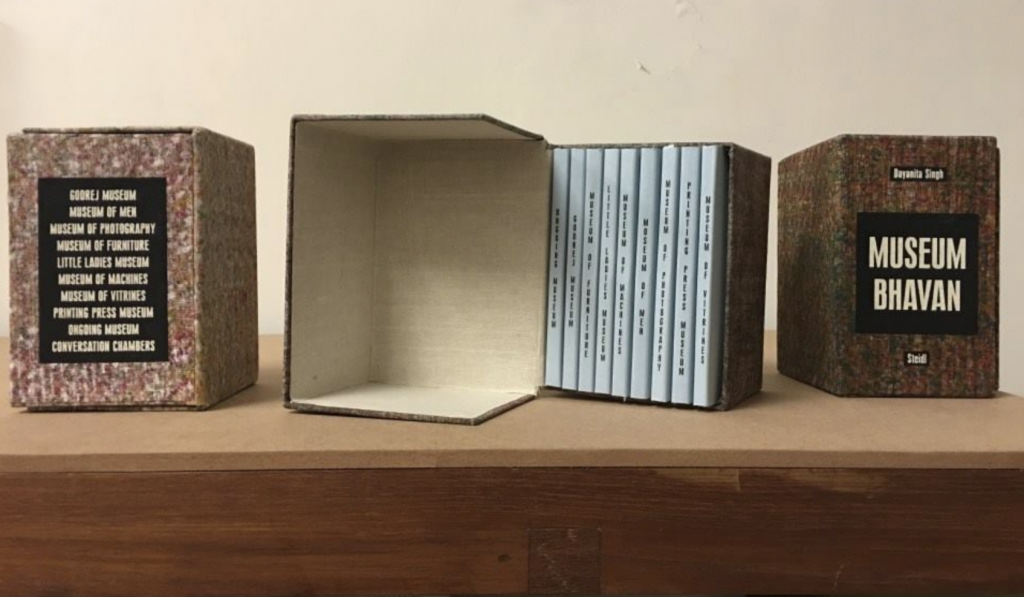

This ‘pocket museum’ mirrors Singh’s traveling exhibition, which can be configured in different ways in different galleries. The plan below is the scheme for her Haywood Gallery exhibition.
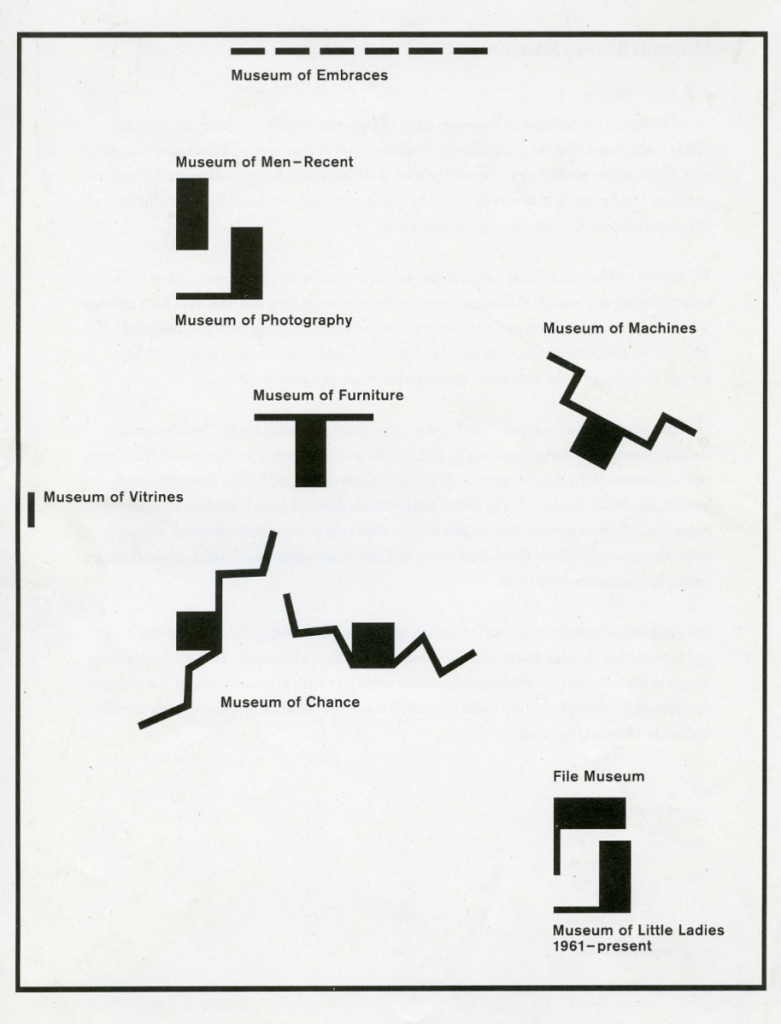
Accordion-fold books are also used as a way of displaying work, which I will explore with the work that I have been doing with Thames Wards Community Project (better, I think, than zine format as it provides a more satisfying object and allows the work to be displayed).
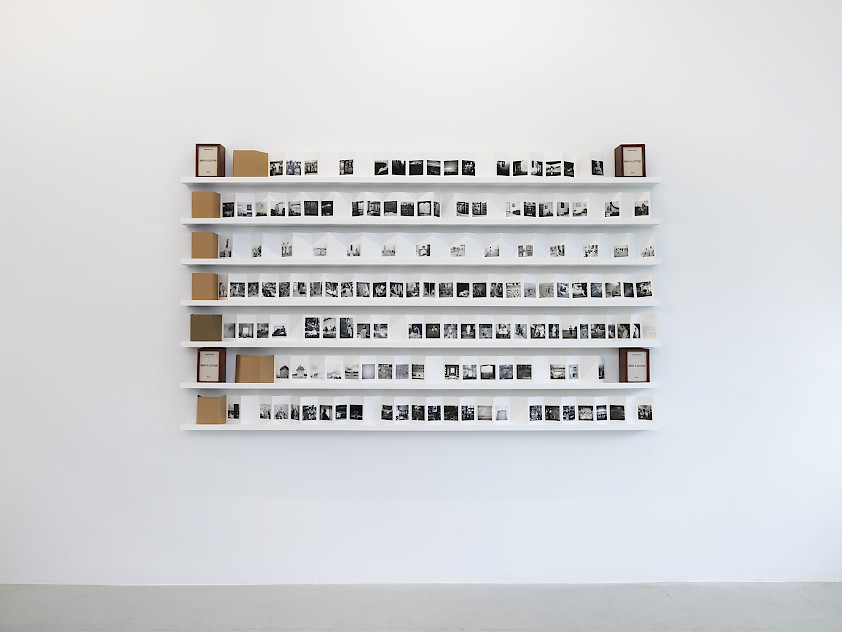
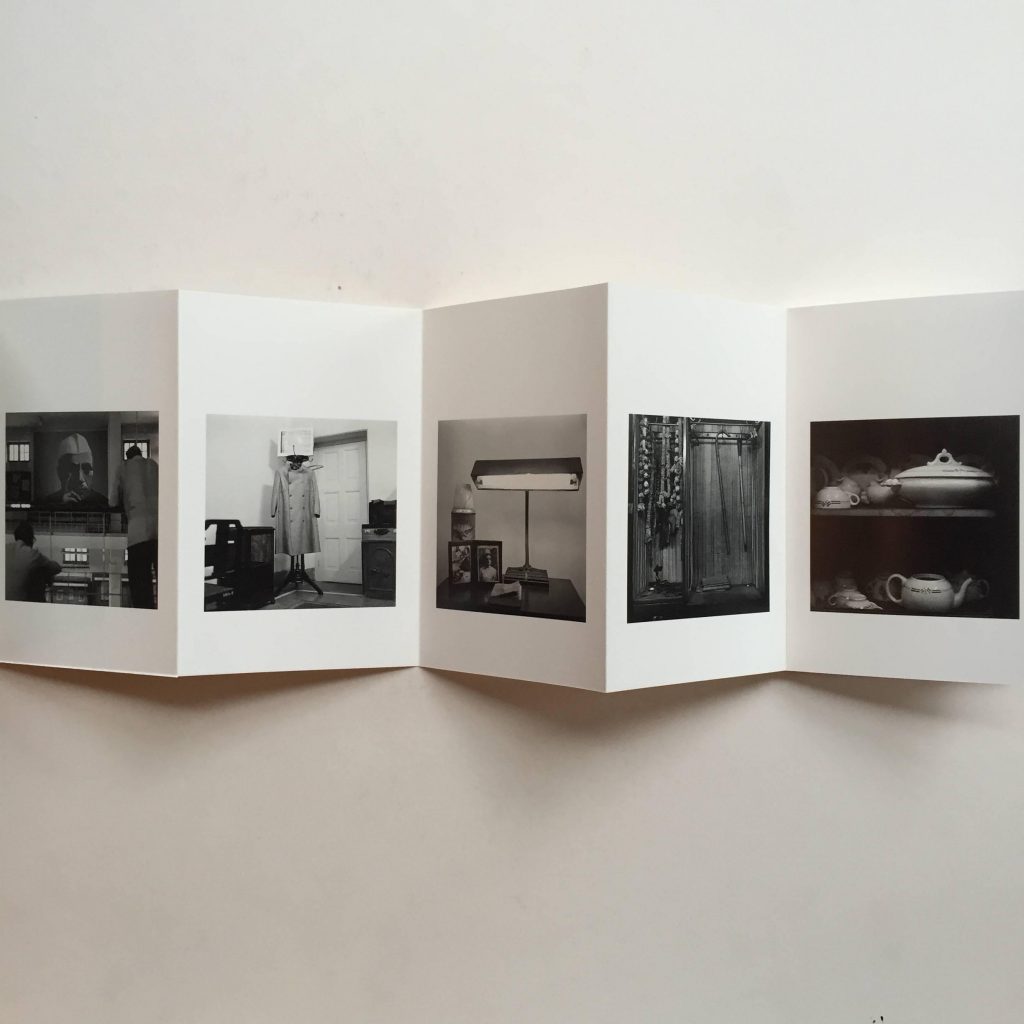
Looking at other forms of low-cost but flexible forms of display, the Gerrit Rietveld Academie exhibit at Unseen Amsterdam this year is interesting.
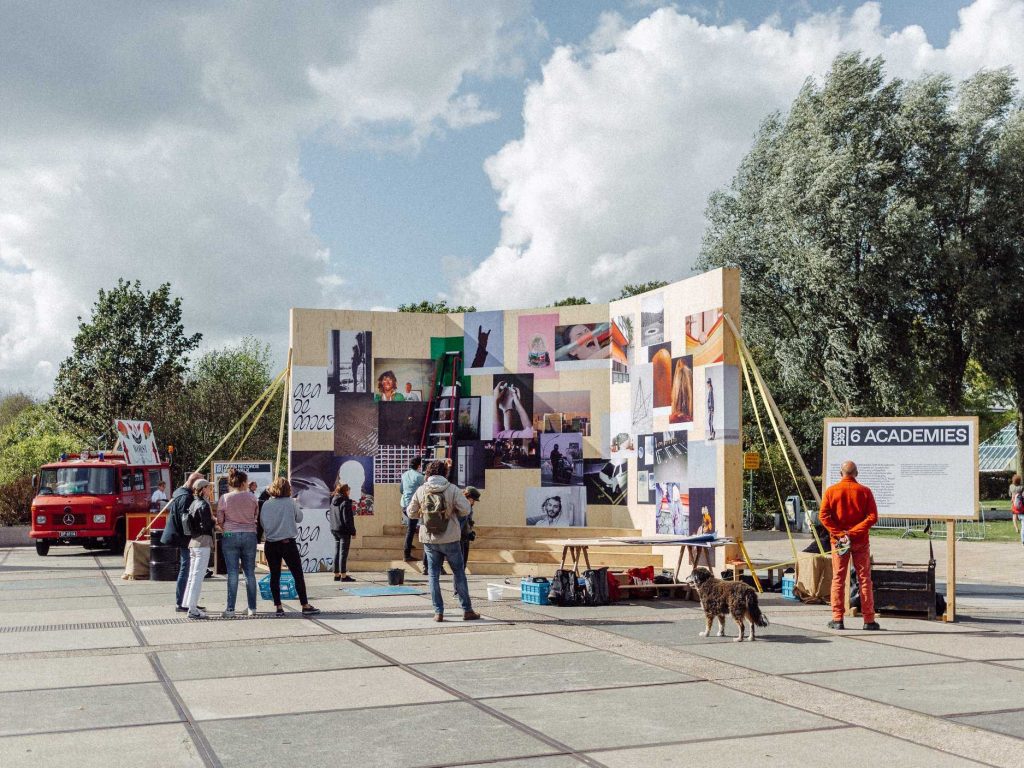
Their Uncut 2019 group exhibition provides another option (using photostands for the suspension of large prints).
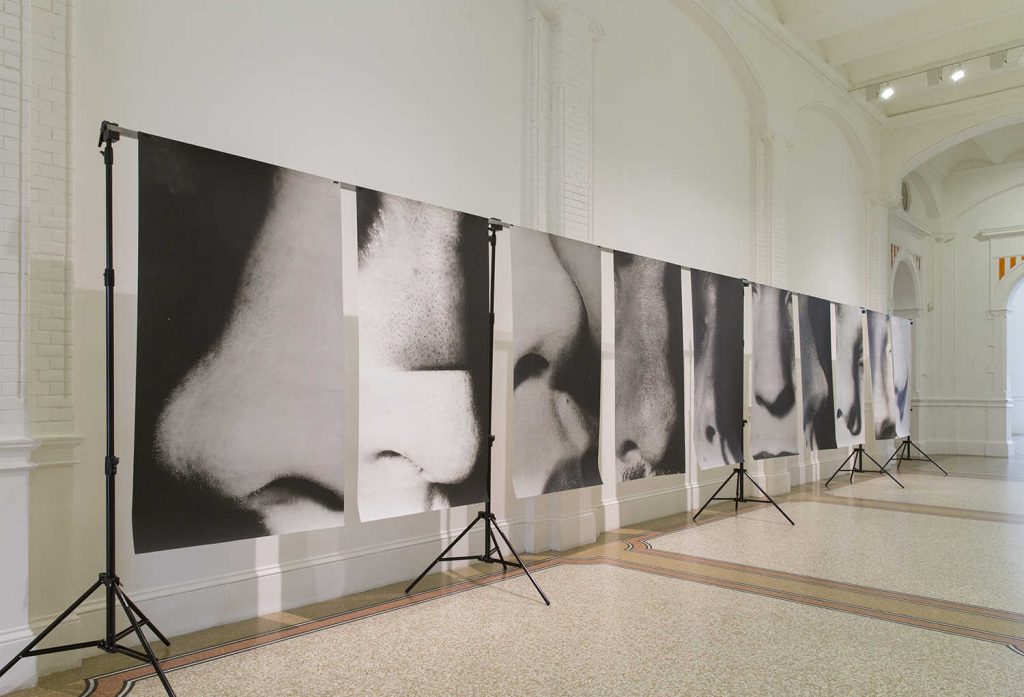
References
Dayanita Singh, http://dayanitasingh.net
